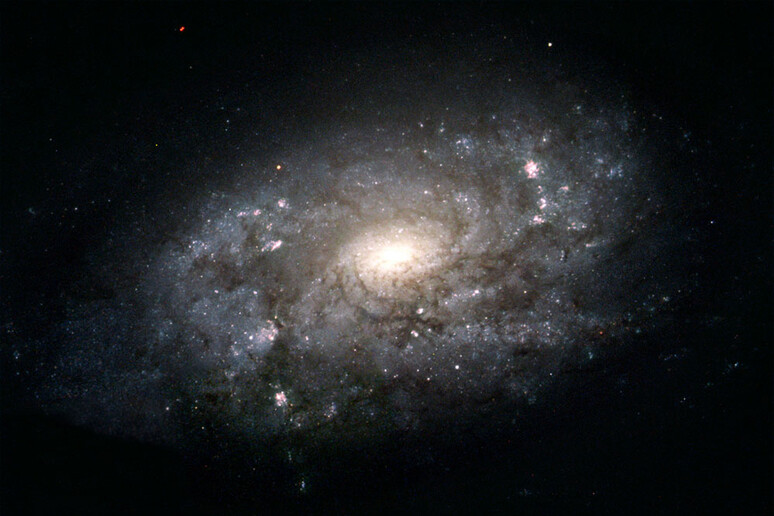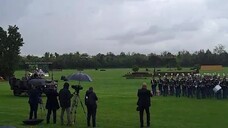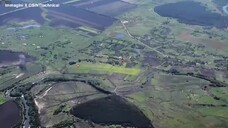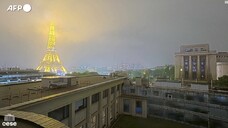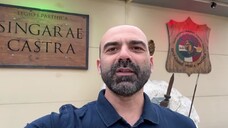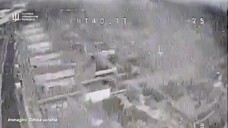The scars left by an ancient collision with another galaxy, called Gaia-Enceladus, were discovered in the Milky Way. They are still on a star that witnessed the cosmic catastrophe and it was possible to spot them by combining the data collected by the space telescopes Tess (NASA) and Gaia (of the European Space Agency ESA). Published in the journal Nature Astronomy, the result was obtained by the group of the British University of Birmingham led by William Chaplin with an important contribution of the italian National Institute of Astrophysics (INAF).
The researchers identified the traces of the collision by studying the Nu Indi star in the Indus constellation. Gaia's data indicate that the star has a different orbit than other stars: it is very elongated and this "tells us that it was influenced by the collision of Gaia-Enceladus with the Milky Way," said Dr.Enrico Corsaro of the Catania Observatory of INAF.
This indicates that the collision must have taken place in a period in which the star had already formed and, since its age is estimated at 11 billion years, the impact must have occurred shortly before. Italian researchers have worked on reconstructing the age of Nu Indi using astrosismology, the discipline that studies the 'starquakes' that shake the stars like the earthquakes that make the Earth vibrate.
From the analysis of the seismic waves that propagate in the star, Corsaro pointed out, "we can obtain a lot of useful information on its internal structure". The latter changes over time and was therefore essential to calculate exactly the age of the star.
According to Maria Pia Di Mauro, of the Institute of Space Astrophysics and Planetology of the INAF (Iaps-Inaf), "the study shows the potential of astrosismology in tracing the moments that characterized the history and formation of our galaxy". Part of the research team were also the Italians Andrea Miglio (University of Birmingham and INAF), Fiorenzo Vincenzo (University of Birmingham) and Diego Bossini (University of Porto) and the brasilian Thaíse Rodrigues (INAF Padua Observatory)
Riproduzione riservata © Copyright ANSA





